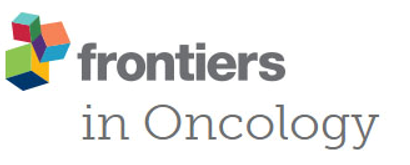Improving quality indicator of melanoma management – change of melanoma mortality-to-incidence rate ratio based on a Hungarian nationwide retrospective study.
Máté Várnai, Zoltán Kiss, Rolland Gyulai, Judit Oláh, Péter Holló, Gabriella Emri, András Csejtei, István Kenessey, Angéla Benedek, Zoltán Polányi, Zsófia Nagy-Erdei, Andrea Dániel, Kata Knollmajer, György Rokszin, Ibolya Fábián, Zsófia Barcza, Csaba Polgár, Balázs Nagy, Gabriella Liszkay and Zoltán Vokó (Frontiers in Oncology, doi: 10.3389/fonc.2021.745550)

Introduction: The incidence of melanoma has been increasing in the last decades. A retrospective Hungarian epidemiological study provided real-world data on incidence and mortality rates. There have been changing trends in incidence in Hungary in the last decade and mortality decreased, shifting mortality-to-incidence rate ratios (MIR). MIR is an indicator of cancer management quality.
Objectives: Our aim is to show the changes of melanoma MIR in Hungary between 2011 and 2018 and to compare the real-world evidence-based results of our Hungarian nationwide retrospective study with other European countries.
Methods: MIR is calculated from the age-specific standardized incidence and mortality rates from our study. Annual MIR values are presented for the total population and for both sexes between 2011 and 2018, along with 95% confidence intervals. Comparison with European countries are shown for 2012 and 2018 based on the GLOBOCAN database and Eurostat health care expenditure per capita data.
Results: MIR decreased by 0.035 during the study years. The decrease was same in both sexes (0.031). Male had higher MIRs in all study years. In both 2012 and 2018, Hungarian MIR in both sexes was lower than the European Union average (males: 0.192 vs. 0.212 and 0.148 vs. 0.174 respectively, women: 0.107 vs. 0.129 and 0.083 vs. 0.107 respectively).
